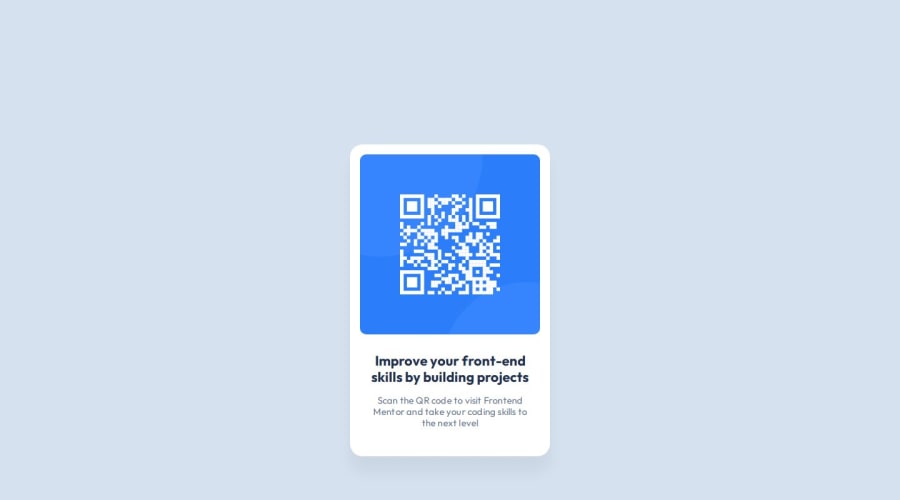
Submitted 7 months ago
QR Code Project using Visual Studio Code, Figma, and Chrome Dev Tools
@End-Us3r
Design comparison
SolutionDesign
Solution retrospective
What are you most proud of, and what would you do differently next time?
I'm just happy to get started on this platform. I am proud of finally using Figma for something, I don't use designing or wireframe tools as much as I should so hopefully, I'll get some good practice here.
What challenges did you encounter, and how did you overcome them?It wasn't that challenging for me, I've been messing around with code, IDEs, and Git/GitHub for a while now so I'm used to the tools.
What specific areas of your project would you like help with?I use Chrome Dev Tools to try to design better webpages for RWD but sometimes the screen doesn't adjust for mobile phone screens, like it's lagging, and even when I refresh the page it still doesn't adjust the layout. Does anyone else run into this issue?
Community feedback
Please log in to post a comment
Log in with GitHubJoin our Discord community
Join thousands of Frontend Mentor community members taking the challenges, sharing resources, helping each other, and chatting about all things front-end!
Join our Discord
